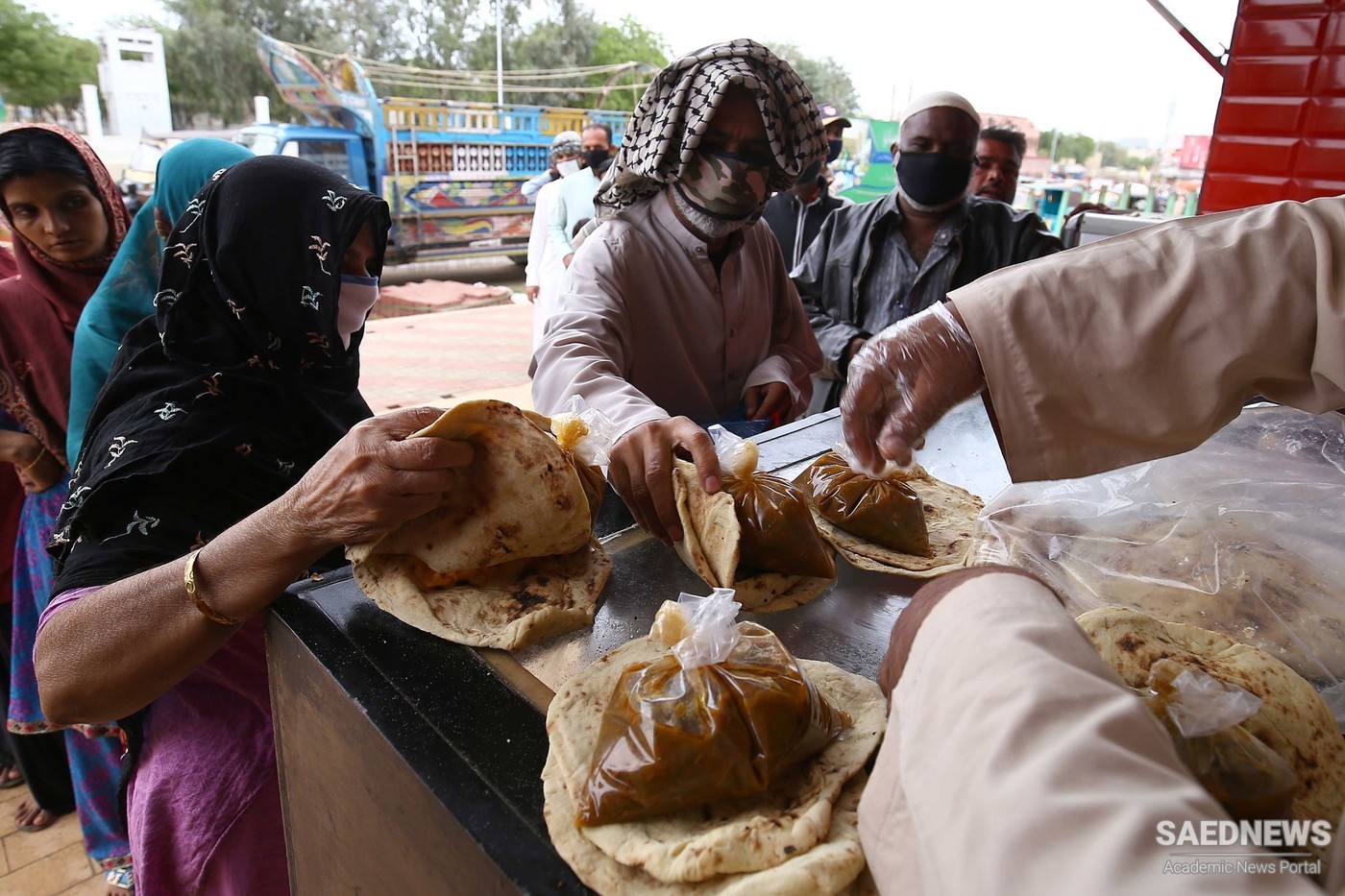The need for some form of international management of global food reserves was not forgotten. The first half of the 1950s witnessed ‘a long and at times agitated phase’ of international activity on this subject (FAO, 1975). Responding to ECOSOC and the UN General Assembly resolutions regarding the problem of food in times of emergency, procedures were evolved under the leadership of the FAO director-general: to investigate threats of localized famine; initiate intergovernmental consultations; and bring about ‘prompt, concerted and effective assistance’. At the same time, in a resolution passed by the UN General Assembly in 1954,7 FAO was requested to conduct an in-depth study of the then popular concept of a ‘world food reserve’ (WFR) (FAO, 1956). Mobilization of resources to meet an emergency was seen at the time as ‘the hard core’ of the food security problem. It was noted, however, that this raised difficulties depending on the global food stocks situation when a disaster struck. With plentiful stocks, as was the case during the 1950s and 1960s, the main problem was to finance, and guarantee in advance (and on agreed conditions), the speedy delivery to disaster-stricken areas of the relatively small portion of total available stocks that were required for emergency relief. Hence, a group of experts convened in the early 1950s dismissed the case for an emergency food reserve physically established in advance and gave preference to an international relief fund for the purchase of relief supplies as and when needed. Other suggestions included contingent national pledges in kind to be activated in emergencies. The drastic rundown of world food stocks clearly raised different issues. Procurement for emergency operations would come into direct competition with effective commercial demand. In such circumstances, it was considered that no famine relief fund was likely to command resources sufficient to secure, at short notice, the quantities required without triggering a rise in market prices, which would further reduce the fund’s purchasing power. In any case, both approaches – a physically established world food reserve and an international relief fund – proved equally unacceptable to governments, and the FAO Conference took no action on any of the many alternative proposal presented to it in 1953.


 FAO and World Task Force for Food Emergencies
FAO and World Task Force for Food Emergencies














































